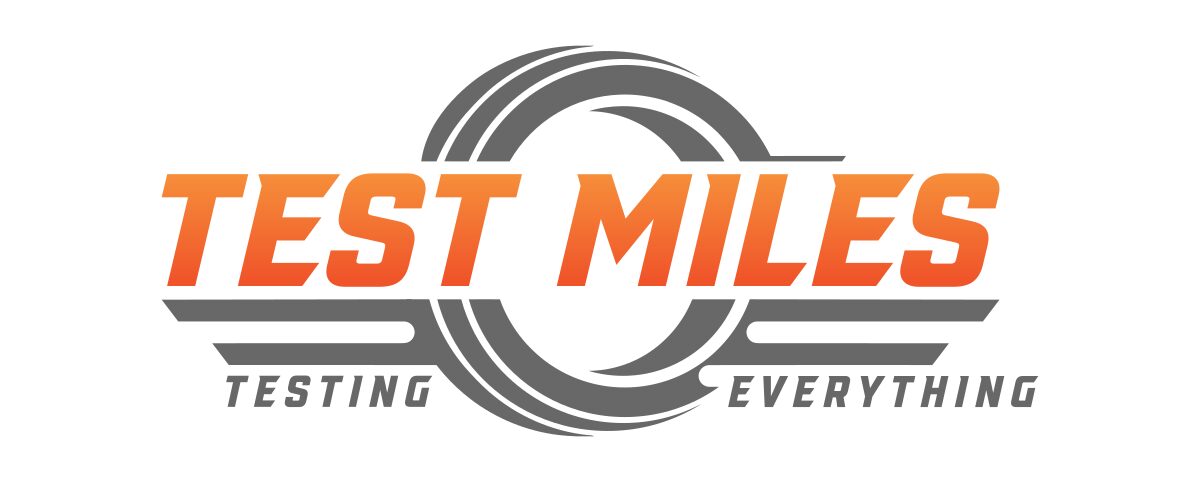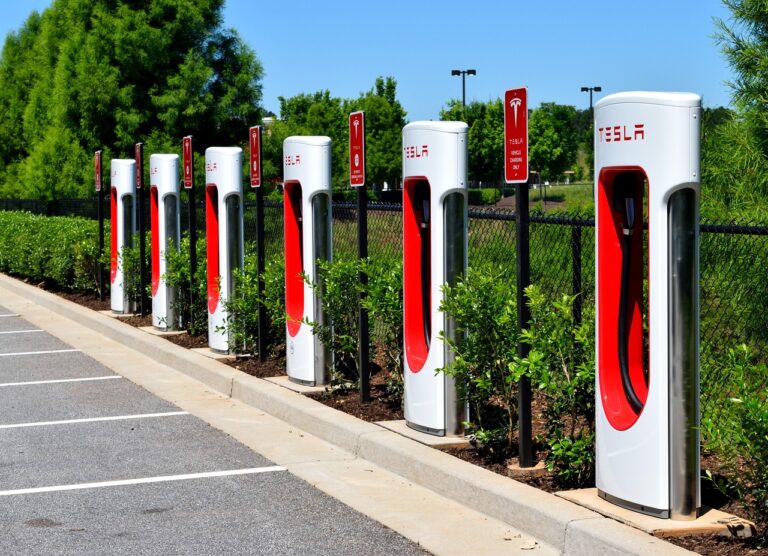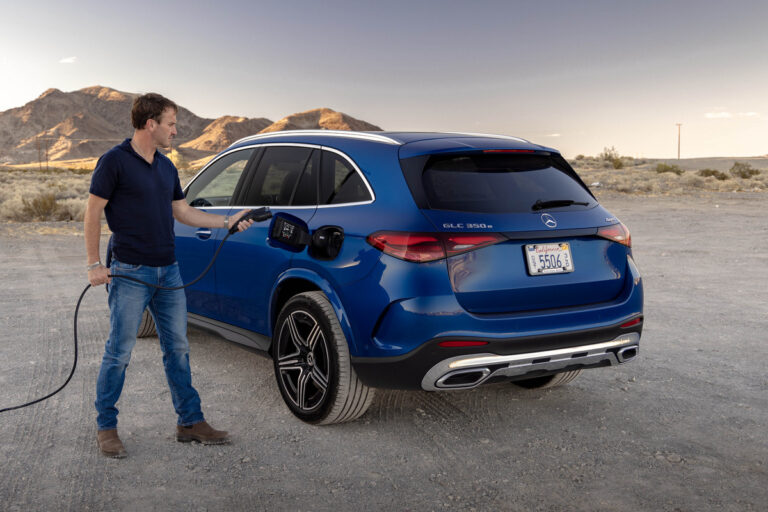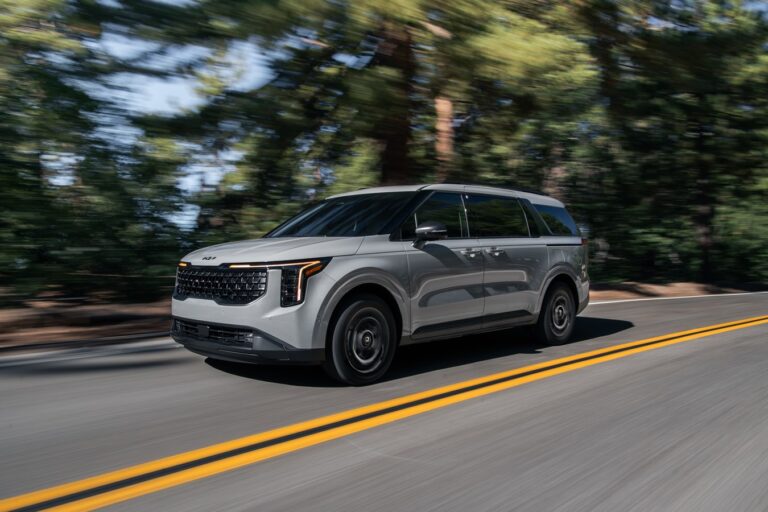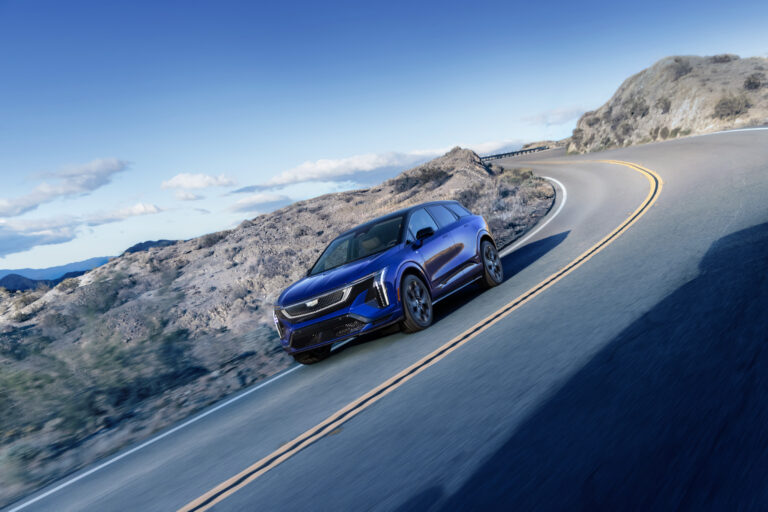2025 GMC Acadia Review: Big Shoes, Bigger Cabin, and a Turbo That Tries Its Best
By Nik Miles | Test Miles Automotive News
There’s an old adage in Detroit: when in doubt, add inches. The 2025 GMC Acadia is living proof. Having shrunk in its previous generation to chase the “right-sized” SUV trend, it’s now returned to its original, more accommodating proportions—because apparently, families still enjoy elbow room and luggage space.
Why does this SUV matter now?
Because size is back in fashion, darling. And the 2025 Acadia wears it well. At over 204 inches long and riding on a stretched 120.9-inch wheelbase, this Acadia has bulked up to square off with segment stalwarts like the Kia Telluride, Toyota Grand Highlander, and Hyundai Palisade. In other words: no more excuses at the luggage carousel.

So, what’s new?
Almost everything. The 2025 model is bigger, more tech-savvy, and—depending on your trim—either pleasantly plush or mildly rugged. There are four flavors on offer: Elevation (the sensible one), AT4 (the flannel shirt version), and Denali (the leather-soled loafer with a Bluetooth headset).
All come powered by the same engine: a 2.5-liter turbocharged inline-four with 328 horsepower and 326 lb-ft of torque. On paper, those are respectable numbers. In practice, the engine sounds like it’s trying to convert gravel into horsepower, and the acceleration—while fine—won’t be mistaken for “spirited.” GMC claims a 0–60 mph time in the mid-sixes. That’s quick enough for the school run, but don’t expect fireworks.
Who’s this SUV really for—and who should skip it?
If you need a genuinely adult-friendly third row and enough cargo space for a Costco run without folding seats, the Acadia deserves a spot on your test-drive list. With 23 cubic feet of cargo space behind the third row and 98 cubic feet with all rows down, this is a vehicle designed to accommodate chaos.
But if you’re looking for a serene ride or a powertrain that sings, the Acadia might feel a tad industrial. It lacks the polish of the Telluride and the hybrid cleverness of Toyota’s Grand Highlander. And despite Denali branding, it’s not quite Escalade-lite.
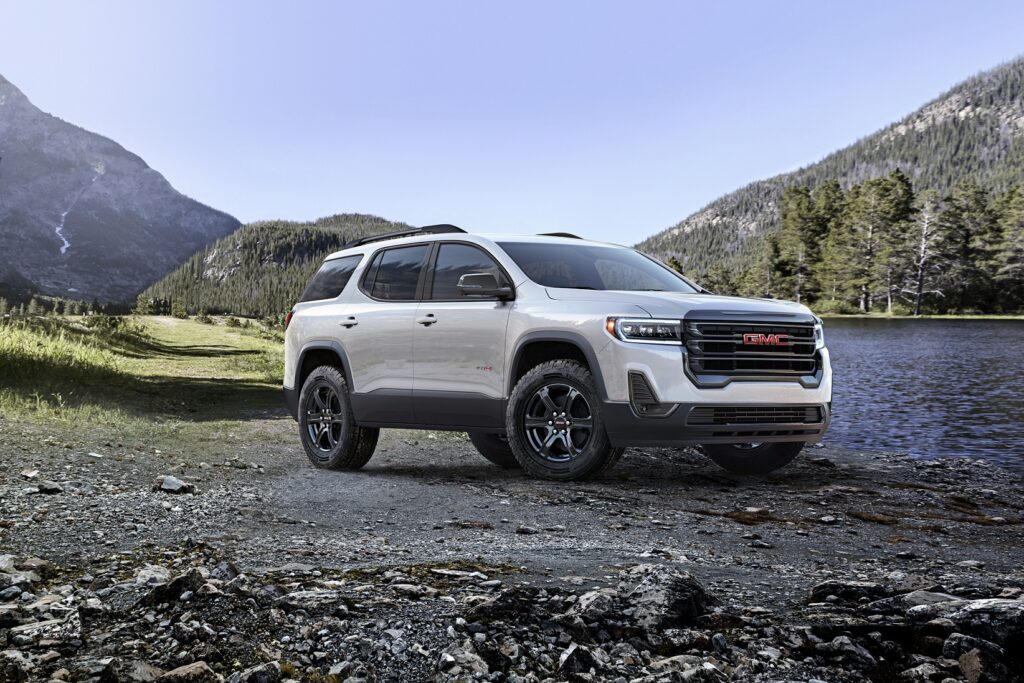
How does it stack up against rivals?
Against the Chevrolet Traverse—its mechanical twin—it offers more refined styling and upscale trim levels. But compared to competitors like the Mazda CX-90, which offers inline-six sophistication, or the Hyundai Palisade, which nails value and ride quality, the Acadia starts to feel like the middle child in a very crowded family photo.
To its credit, the Acadia’s cabin feels properly modern. A standard 15-inch vertical infotainment screen and 11-inch digital gauge cluster bring it into the present, and Google Built-In means the tech actually works (we’re looking at you, Lexus). Optional Super Cruise—yes, even on the Elevation trim—also earns GMC serious bragging rights for hands-free highway wizardry.
Let’s talk towing.
Yes, really. Because the Acadia can pull up to 5,000 pounds, which puts it shoulder-to-shoulder with the Honda Pilot and Toyota Grand Highlander. The Trailering package is now standard, and includes a heavy-duty cooling system, Class III hitch, hitch view, and a seven-pin connector. Translation: your boat, your camper, or your weekend project doesn’t need a full-size truck anymore.
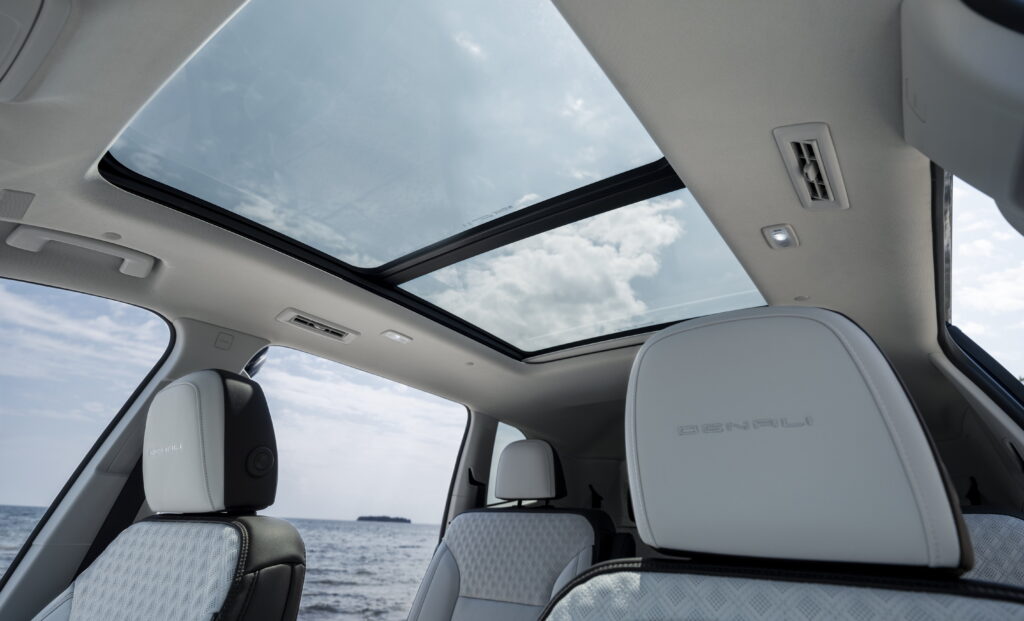
Fuel economy? It’s… fine.
With EPA ratings of 21–23 mpg combined depending on trim and drivetrain, the Acadia is neither thirsty nor frugal. It’s solidly average for its class—just don’t expect any electrification or hybrid wizardry. This is old-school internal combustion with a new-age façade.
Interior and comfort: Quiet luxury, not quite hush money.
In Denali guise, the Acadia looks almost premium, with quilted leather and faux open-pore wood. But even base Elevation models feel grown-up, with quality materials and thoughtful storage. Captain’s chairs are optional; a bench is standard in the second row. Seating for seven or eight, your choice. And yes, the third row is actually usable—for real adults, not just acrobatic children.
Infotainment and audio? Loud and clear.
A 12-speaker Bose system is standard, but Denali trims can be upgraded to a 16-speaker setup that sounds like it was tuned in a velvet-walled cigar lounge. Wireless Apple CarPlay, Android Auto, and phone charging are standard across the board. Finally, GM gets tech right without locking it behind premium trims.
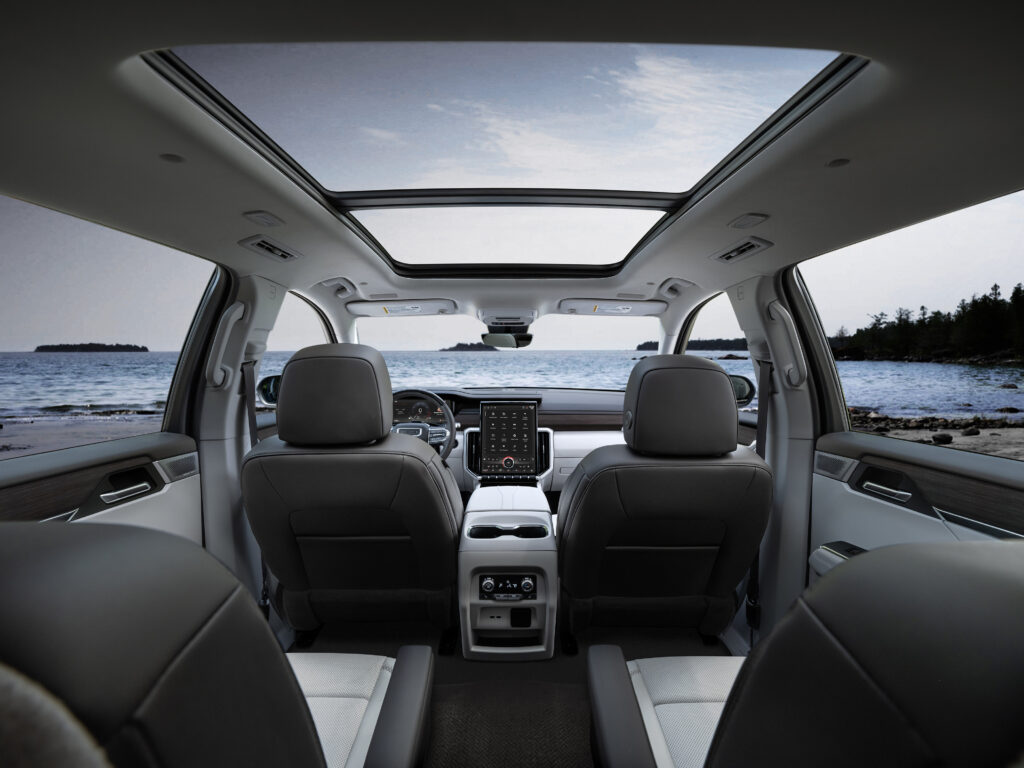
What’s the long-term significance here?
The 2025 Acadia is GM’s declaration that the three-row SUV war isn’t over—it’s just moved up a weight class. It may not be the flashiest or fastest, but it’s functionally honest. It also proves that GMC is happy to be the grown-up in a room full of edgy crossovers, delivering space and tech without the attitude.
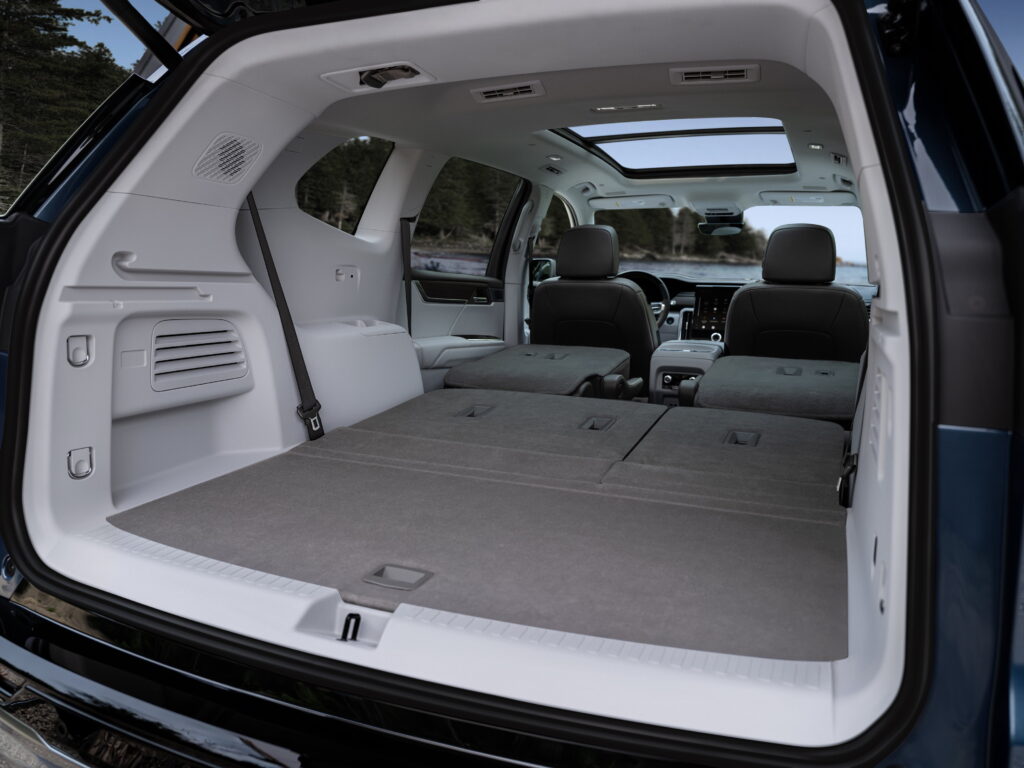
Final thoughts?
The Acadia is a better car than it sounds when you list its specs. It’s not trying to set Nürburgring lap times or dazzle TikTok. It’s trying to carry eight people, a Golden Retriever, and a Costco haul across four states in comfort—and maybe tow a trailer along the way.
Like what you’ve read? Stay in the driver’s seat with more insider automotive insights. Follow @NikJMiles and @TestMiles for stories that go beyond the press release.
